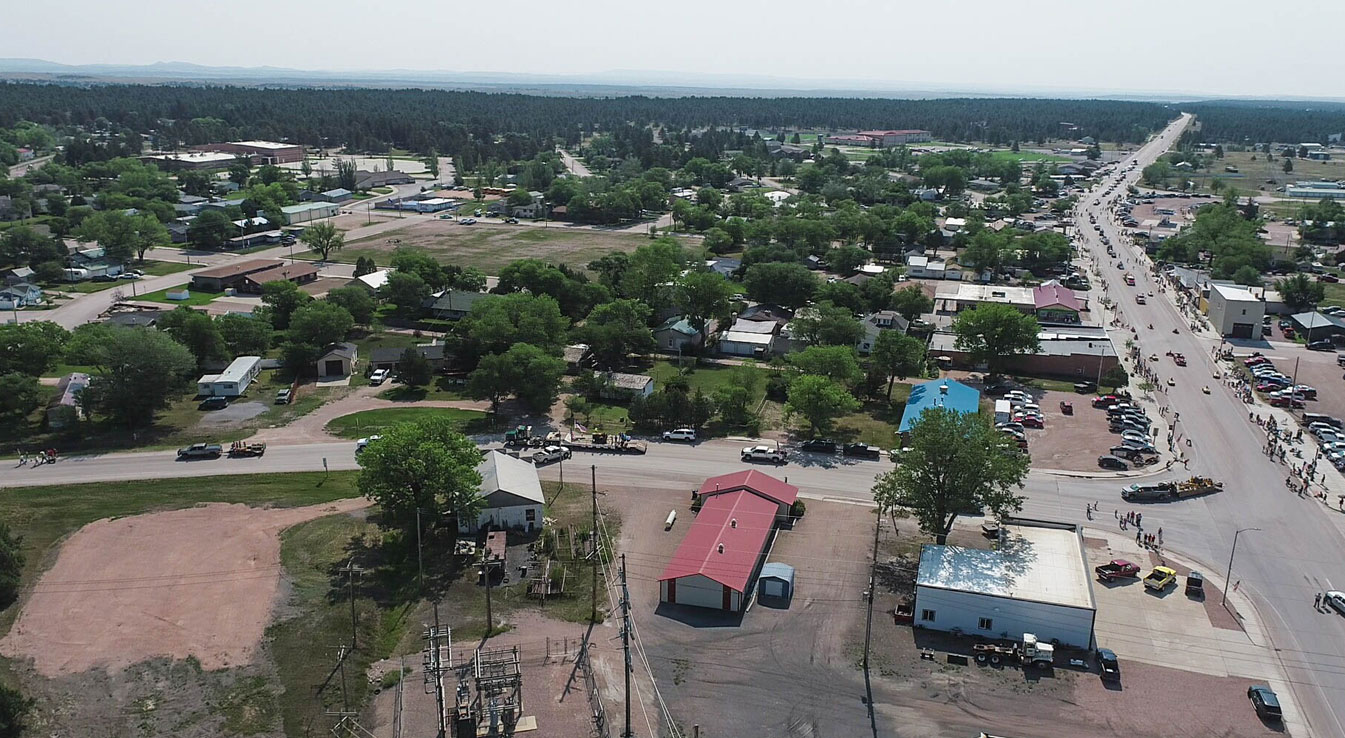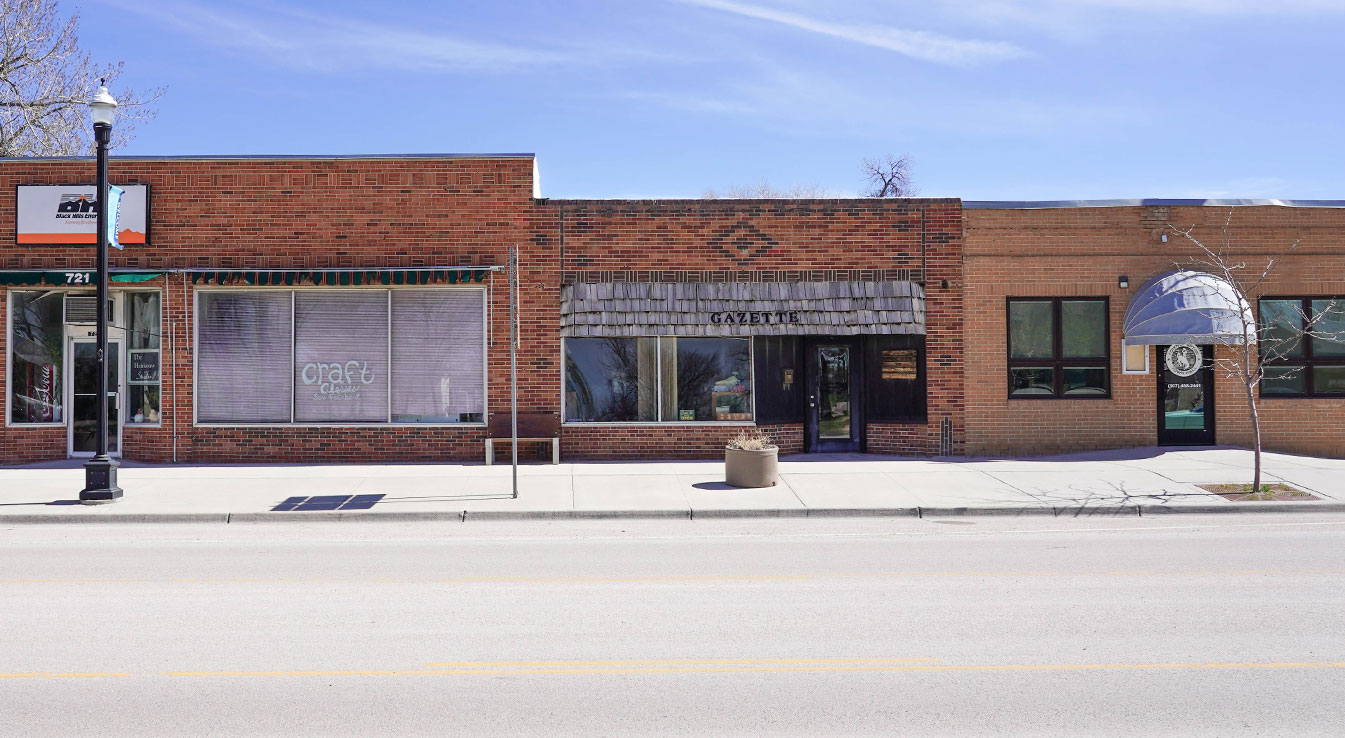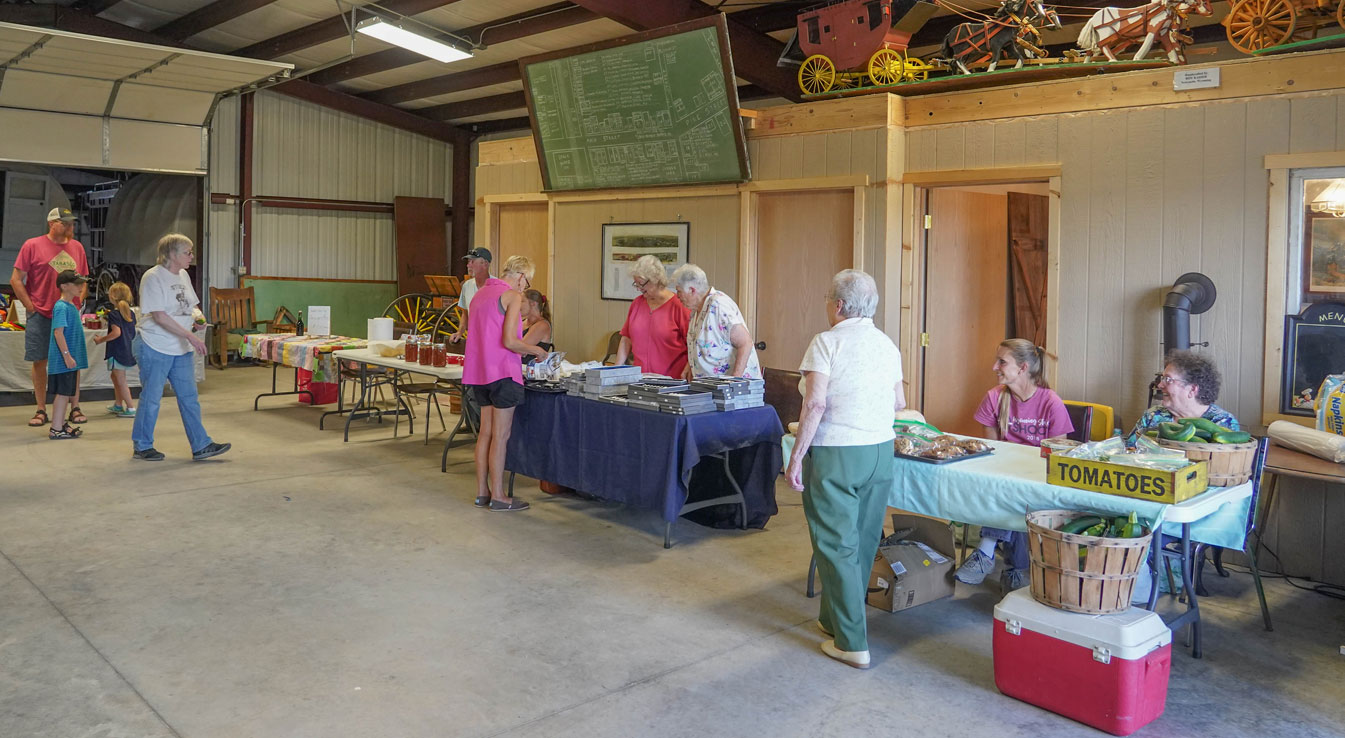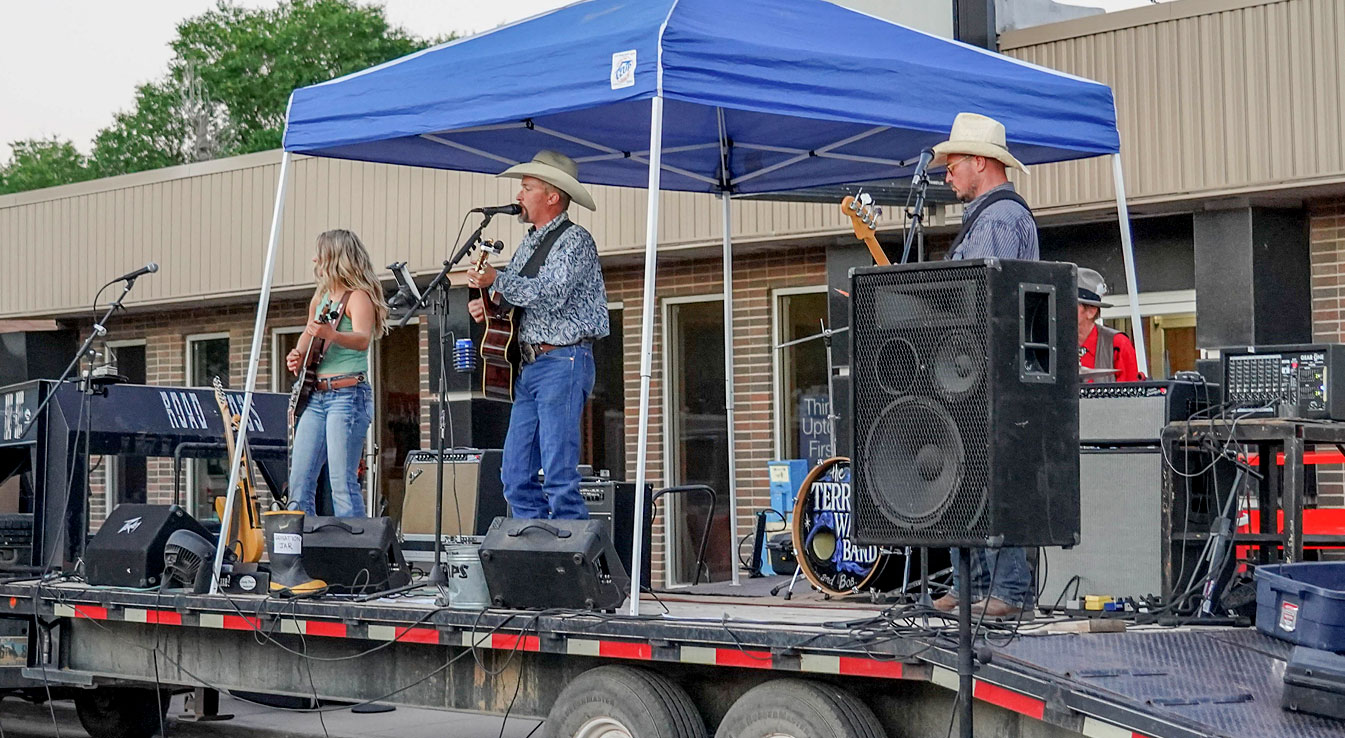CORRECTING FOUR MYTHS AROUND RAIL SAFETY
6 Nov 2017
Washington, D.C. — Today marks the start of the first-ever national Rail Safety Week (Sept. 24-30), a joint effort by the national rail safety education nonprofit Operation Lifesaver, Inc. (OLI), the U.S. Department of Transportation, law enforcement agencies, and many other organizations.
Believe it or not, a person or vehicle in the U.S. is hit by a train about every three hours. The goal of Rail Safety Week is to raise awareness, encourage rail safety education and empower the public to make smart decisions near railroad crossings.
While vehicle-train collisions in the U.S. have dropped by 83 percent in the last four decades, there are still more than 2,000 vehicle-train collisions annually across the U.S., and last year saw more than 900 injuries and fatalities to people walking, playing or taking photos on train tracks. These incidents are devastating to families, communities and train crew members — and they are often preventable.
Making the right decisions near railroad tracks can truly be the difference between life and death. Below, we’ve debunked some common myths that lead to unsafe practices around the tracks.
MYTH: I’d hear a train coming.
FACT: Today’s trains are quieter than ever, producing no telltale “clickety-clack.” Any approaching train is always closer, moving faster, than you think. Trains can also move in either direction at any time. Sometimes their cars are pushed by locomotives instead of being pulled, which is especially true in commuter and light rail passenger service.
Stay alert around railroad tracks — no texting, headphones or other distractions — and remember to cross train tracks only at designated pedestrian or roadway crossings.
More Topics

Outdoor industry thriving in Wyoming
Nov 3 2017










